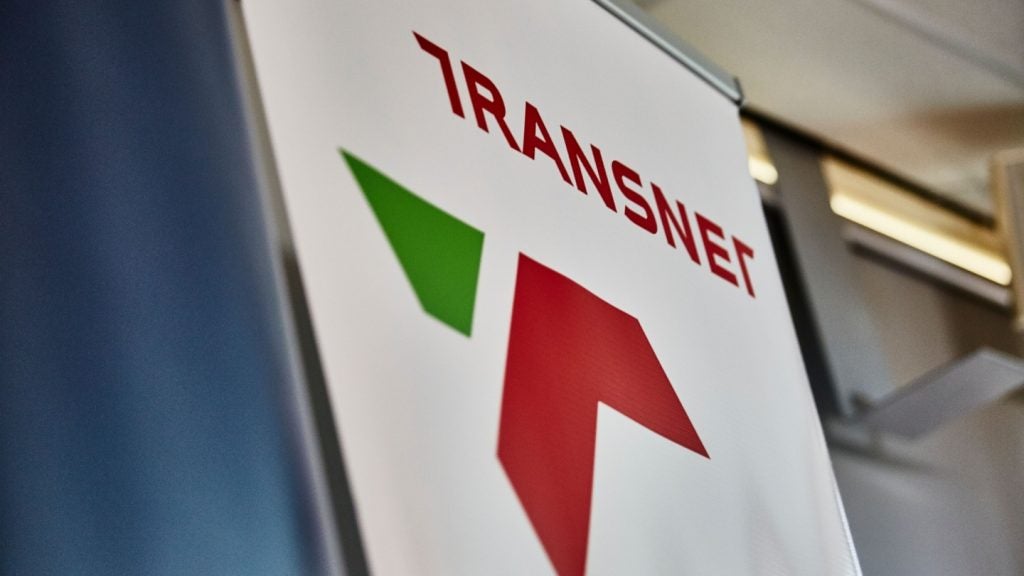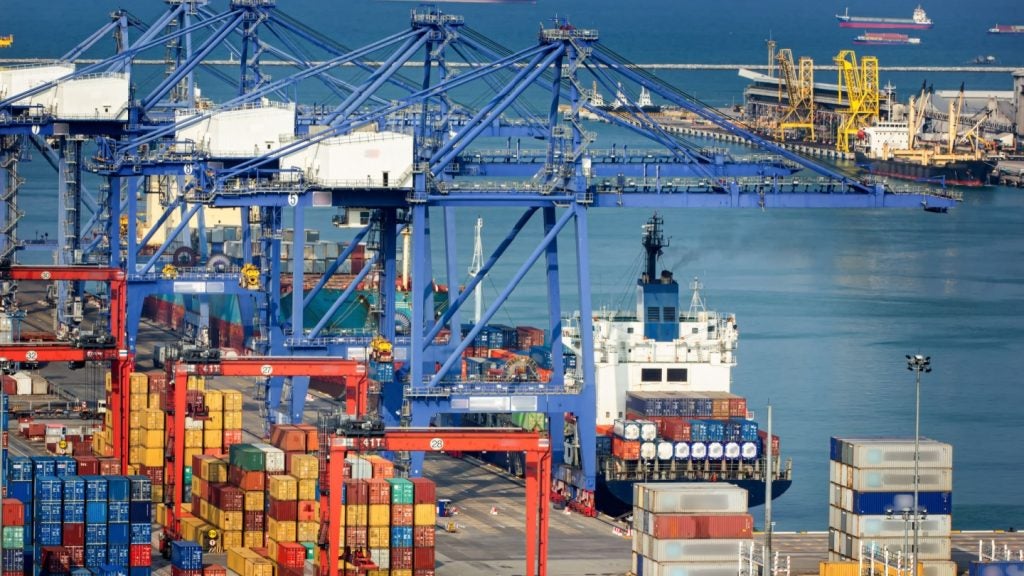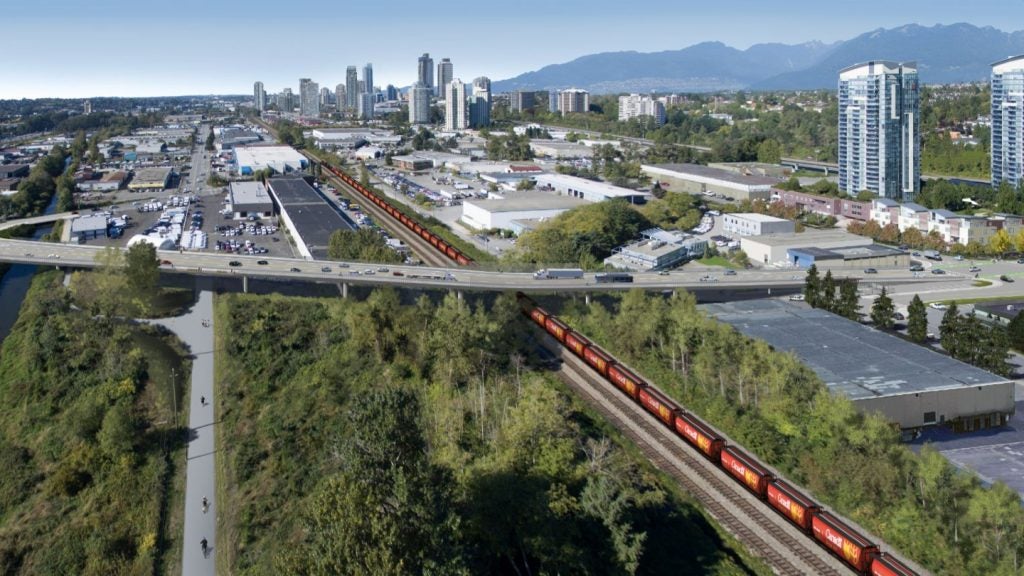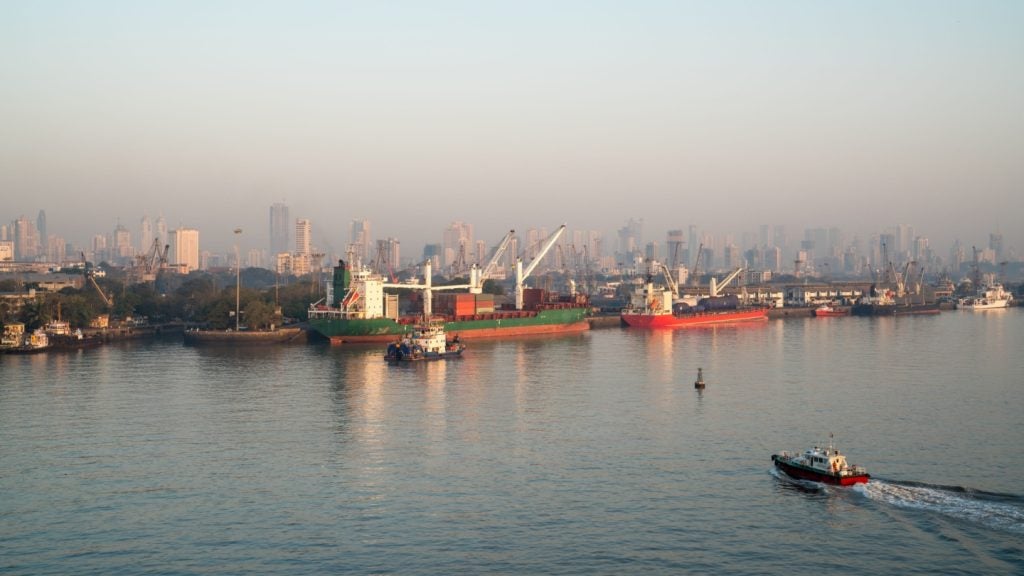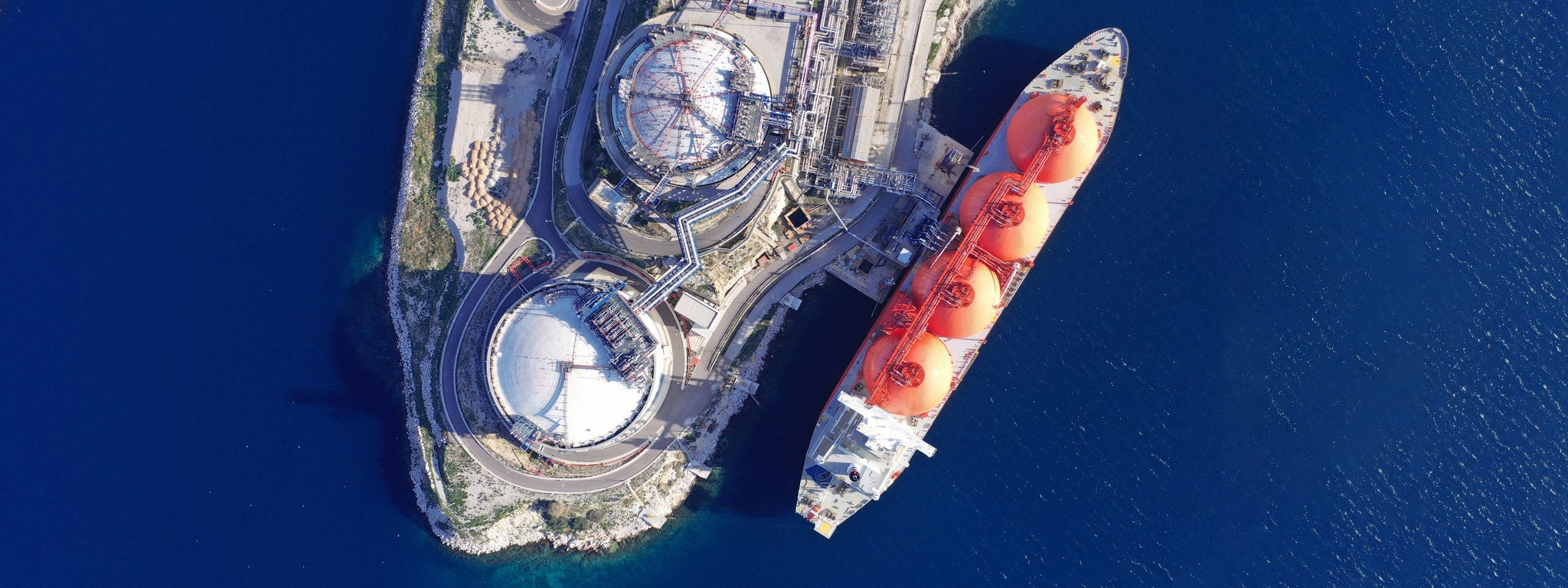
A revolution in ship fuel and emissions is underway and the Middle East is ideally positioned to benefit from it. Sitting in the middle of major shipping routes that connect Asia, Europe, and Africa, and with an abundant supply of relatively cheap natural gas, the region is frantically building infrastructure that would turn it into a major liquified natural gas (LNG) bunkering hub.
LNG bunkering, or the use of LNG as ship fuel, grew out of duel fuel marine engines championed by Finland’s marine technology giant Wärtsilä in the 1990s—which can run on both traditional fuel oil and gas.
It offers major environmental benefits compared to traditional bunker fuel, including no particulate matter in the exhaust and emissions of nitrogen oxide and sulphur oxide slashed by 85% and 95%, respectively. Its market share is rising rapidly amid ever-tighter international emissions regulations.
“LNG bunkering demand is expected to rise seeing the magnitude of newbuilds with LNG fuel capabilities,” says Harald Øverland, a Wärtsilä representative. “Infrastructure for distribution of LNG to sea as fuel is already well established across the globe.
Growing demand for LNG in the region
The projected market growth of LNG bunkering, in fact, is close to meteoric. According to estimates by Shell, global demand for LNG as ship fuel may grow from 2.3 million tonnes per year (mtpa) in 2021 to 35mtpa in 2035.
A major factor is new fuel oil regulations as well as the IMO 2020 standard, which dramatically limits the sulphur content in ship fuel and sets out the goal for shipping to reduce its greenhouse gas emissions by 50% or more over the 2008 baseline levels by 2050.
How well do you really know your competitors?
Access the most comprehensive Company Profiles on the market, powered by GlobalData. Save hours of research. Gain competitive edge.

Thank you!
Your download email will arrive shortly
Not ready to buy yet? Download a free sample
We are confident about the unique quality of our Company Profiles. However, we want you to make the most beneficial decision for your business, so we offer a free sample that you can download by submitting the below form
By GlobalDataWith a number of not-so-distant ports in East Asia and Western Europe already offering the service, the Middle East, where LNG bunkering hubs are under construction in the UAE, Oman, and Egypt – and planned elsewhere, notably in Qatar – is playing catch up.
There is a clear demand for LNG bunkering infrastructure in the Middle East and northern Africa.
“There is a clear demand for LNG bunkering infrastructure in the Middle East and northern Africa,” says Steve Esau, the general manager of the SEA-LNG, an industry coalition which advocates the use of LNG to power ships.
“Companies across a broad range of sectors, including SEA-LNG members, are working hard to make it a reality.”
A series of technological advances and new standards, such as an ISO standard for LNG quick connect and disconnect couplings introduced in 2019, have spurred the recent growth in LNG bunkering and enabled new competitors to join in.
Previously, ships running on LNG would typically be fuelled at the same port, using connectors that were often unique. Now, competition is ubiquitous and LNG terminals come in at least three distinct shapes and sizes: ship-to-ship, shore-to-ship, and truck-to-ship.
LNG bunkering facilities under construction in the Middle East
The big LNG bunkering terminals currently under construction in the Middle East are all of the ship-to-ship variety, the most expensive as an initial investment though arguably the most convenient for vessels which can thus avoid port calls. It requires a special vessel not dissimilar to FLNG terminals used in market transactions of LNG.
Unsurprisingly, the planned terminals are all also in gas-producing countries. Supermajor Total, together with Oman National Oil Company are working on a 1mtpa LNG bunkering terminal off of Oman’s Sohar port, which is expected to start functioning sometime around 2025.
Two separate initiatives are underway in Egypt: Norway’s Kanfer Shipping and Egypt’s EGAS are planning a ship-to-ship terminal that will supply vessels transiting the Suez Canal by 2025, while Shell, EGAS, and several smaller partners have expressed interest in executing a separate LNG bunkering project whose timeline is yet unclear.
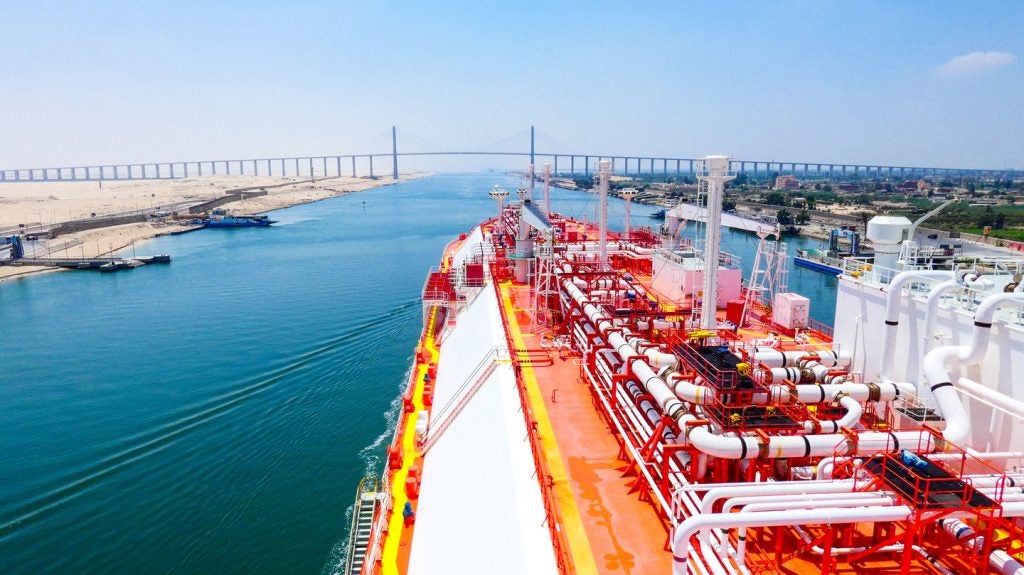
In the UAE, whose fleet of LNG-powered vessels is growing, the Abu Dhabi National Oil Company is finalizing plans for a ship-to-ship LNG bunkering terminal which will most likely station off the port of Fujairah, the world’s third-largest bunkering hub.
Qatar, another gas exporter which is betting heavily on dual-fuel and LNG engines in its recent vessel acquisitions and orders, has also been discussing the possibility of offering LNG bunkering services in the next few years. While specifics are still being hammered out, talks between Qatar Petroleum and Shell appear to be advancing, Essau adds.
Some challenges remain for LNG fuel
Challenges remain. LNG-powered vessels are still prohibitively expensive for many players, as are the larger types of LNG bunkering terminals. LNG tanks are around 80% larger than bunker fuel tanks, and there are safety issues related to the use of LNG, which needs to be kept cool at -160°C in order not to explode.
Dramatic recent fluctuations in the price of natural gas as well as the relative novelty of the technologies involved, resulting in a bottleneck of skilled technicians, also add to the barriers that the industry is still facing.
According to SEA-LNG’s bunker navigator, there are currently 411 LNG-powered ships in operation worldwide (excluding LNG carriers), with another 526 on order. This is still a tiny fraction of the more than 100,000 commercial ships operating around the globe.
Nevertheless, there are also early encouraging signs that IMO 2020 and other related regulations are having a profound positive effect on the environment, and the incentives to switch to LNG bunkering are only expected to increase.
Using traditional bunker fuel is becoming ever more expensive, setting off a race to find the cheapest and cleanest alternative.
Sulphur emissions by ships are down 77% in three years, according to the IMO, while NASA has announced that fewer ship tracks, or trails of pollution that follow large ships, have been visible since 2020.
As a cumulative trend, using traditional bunker fuel is becoming ever more expensive, setting off a race to find the cheapest and cleanest alternative. Liquefied petroleum gas, hydrogen, and biofuel, among others, are competing with LNG in that race.
Yet experts say those alternatives are synergistic in that they can often run on the same technology. The future of the LNG bunkering terminal, therefore, looks ever brighter.
“It is important to remember that expanding LNG infrastructure also benefits liquified biomethane (LBM/bio-LNG) and hydrogen-derived e-methane (e-LNG),” says Régine Portocarero, global business development manager of marine LNG at Dutch LNG supplier Titan LNG.
“LBM can be transported, stored and bunkered via existing LNG infrastructure with no changes required and can be dropped in and used in LNG-fuelled vessels.”



